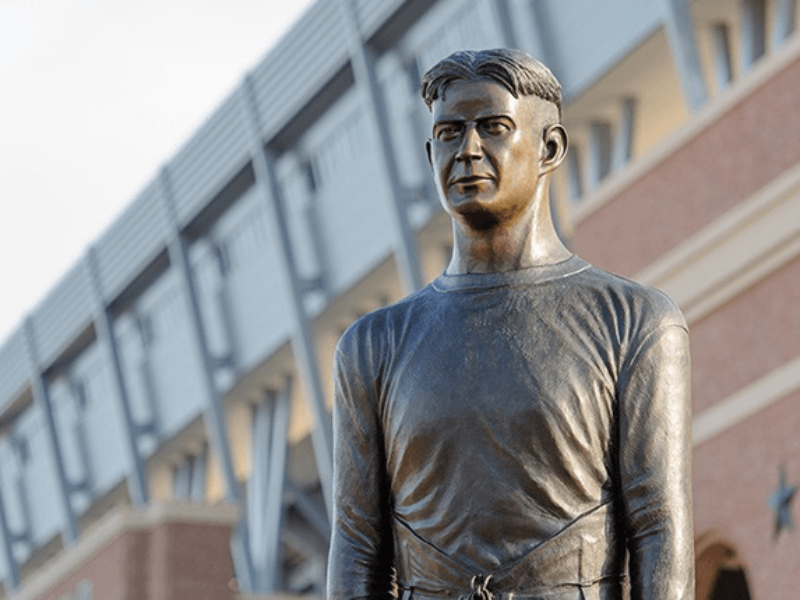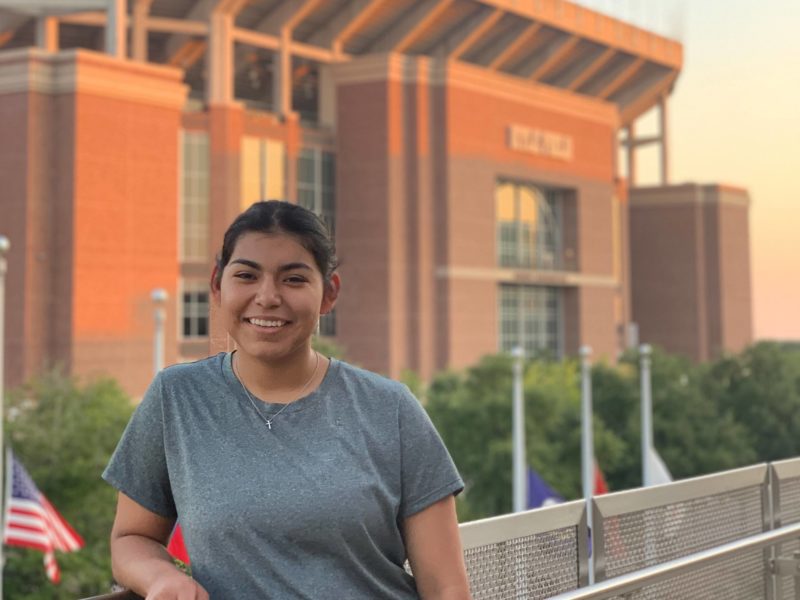Graduation Rates For First-Generation Students Hit All-Time High
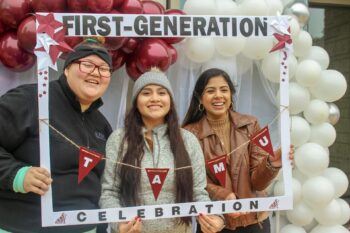
In observation of National First-Generation Celebration Day — held annually on Nov. 8 — Texas A&M University is honoring first-generation students’ experiences and accomplishments.
First-generation students make up about 21% of the undergraduate population at Texas A&M. Second-year retention rates as well as four- and six-year graduate rates are at an all-time high for first-generation students.
“Being a first-generation student is a major endeavor,” said Kevin Correa, executive director of the Office for Student Success. “Even just to make it to our university, these students have demonstrated tremendous grit and determination. As a first-generation college graduate myself, I can personally attest to the power of higher education to transform lives and positively impact families. Texas A&M’s increasing graduating rates show that we are succeeding in helping these students achieve their goals.”
In recognition of First-Generation Celebration Day, three Aggies shared their experiences as first-generation students on campus and their plans after graduation.
Lindsay Dominguez – Empowering Future Generations
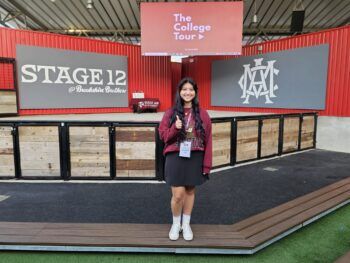
Biomedical sciences senior Lindsay Dominguez always had a desire to attend medical school. After visiting Texas A&M for a Future Farmers of America (FFA) competition in high school, she was set on becoming an Aggie.
“One of my agriculture teachers had come to A&M, so he would walk us around campus,” Dominguez said. “I was like, ‘You know what? I can see myself going here.’”
Dominguez got involved in multiple student organizations at Texas A&M, including the Latino Medical Student Association Pre-Medical Latino Undergraduate Society (LMSA PLUS), a club that provides resources to help undergraduate students matriculate to medical school.
After noticing that she and other first-generation students were struggling to find connections in the medical field, she decided to run for vice president of LMSA PLUS. In the position, she helped bring in guest speakers to give members the opportunity to network with and learn from medical professionals.
The LMSA PLUS leadership team “helped members go to conferences and network with medical students and medical school staff,” Dominguez said. “We gave them the help we would’ve wanted our freshmen year. It’s great to see that it’s continuing.”
Along with encouraging students through her involvement with LMSA PLUS, Dominguez was nominated to serve on the Hispanic Serving Institute Committee and acts as a Hullabaloo U peer mentor.
“We all kind of went through the same things to get here, and now it’s making sure that these students stay here,” Dominguez said. “I always tell my students being first-gen is a huge strength because it shows that regardless of what’s in your path, you’re gonna put 110% effort into it.”
Jordy Villatoro – Overcoming Adversity
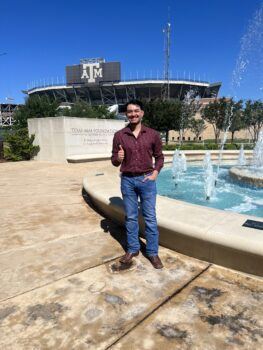
Senior Jordy Villatoro is the first in his extended and immediate family to go to college. His parents immigrated from El Salvador to Austin, something Villatoro says was a sacrifice they made for his future.
“My family sacrificed so much. They left a different country to come here,” Villatoro said. “As I grew up and noticed that my sisters didn’t go to college, I was like ‘Okay, well it’s time for me to step up and go to college.’”
Villatoro started as a chemistry major, but after a difficult semester of adjusting to the college environment and coursework, he was placed on academic probation. In response, he turned to the Math Learning Center (MLC) and Academic Coach Julie Hurley at the Academic Success Center (ASC).
“She was super helpful,” Villatoro said. “She sent me a five-day study plan, and she would run down everything I needed to do throughout the day. And it worked — it really worked.”
Along with getting academic help, Villatoro found community and support at the Routh First-Generation Center. He also had the opportunity to connect with other first-generation students by acting as a Hullabaloo U peer mentor in the Gen1 Learning Community.
“I loved being a peer mentor,” Villatoro said. “We would talk about different strategies, different study tips. It was a great learning experience because I was teaching it, but I’m also learning it and getting feedback from [students].”
Now, as a university studies architecture major set to graduate in December, Villatoro hopes to achieve his goal of working as a project manager while continuing to make his family proud.
“I’m doing this for my family,” Villatoro said. “I know they’re very, very proud of me.”
Canaan Hatfield – Using Resources for Success
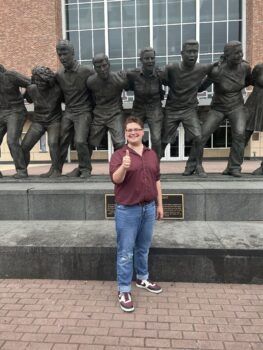
Psychology senior Canaan Hatfield always wanted to go to college. Once he experienced Texas A&M’s traditions and familial culture, he knew the school aligned with his education goals.
“I always knew I wanted to do something that mattered,” Hatfield said. “I knew I wanted to go to college to get my degree, and it was also encouraged by my family, as many of them did not go to college.”
In his first few years at Texas A&M, Hatfield said he struggled with burnout and imposter syndrome. He was also responsible for the majority of his finances, so he worked part-time and had difficulty managing his time.
To combat these struggles, Hatfield started prioritizing his mental health and visited with Disability Resources at Texas A&M. “The school was able to help me with my testing anxiety by letting me take exams at the Disability Resources center,” Hatfield said.
Once he took care of his mental health, Hatfield worked on thriving in his academics. Following advice from Leticia Palomin — the director of the Routh First-Generation Center — Hatfield visited the MLC and attended Supplemental Instruction sessions at the ASC. “Dr. Palomin helped me out a lot because she was able to send me to different resources,” Hatfield said.
Looking toward graduation in May, Hatfield says he wants a strong finish to the rest of his undergraduate career. Hatfield hopes to continue his education after graduation by pursuing a graduate degree in psychology or music.
“A lot of my professors have really supported me in continuing on with my goals — Dr. Palomin being one of my number one supporters,” Hatfield said. “A&M really encourages their students to do what they dream. You can tell that they want their students to succeed.”
Students can visit the Routh First-Generation Center — which is part of the Office for Student Success — to learn more about first-generation resources. Those wishing to post to social media are invited to use #CelebrateFirstGen and #FirstGenAggies.
“First-generation students are an embodiment of what makes Texas A&M a great university,” Palomin said. “The students’ perseverance and strength of character have allowed them to overcome many obstacles to attain their current successes. As the first in their families to graduate from college, change their family’s legacy and be the first to accomplish many other ‘firsts’ in their future endeavors is admirable.”
